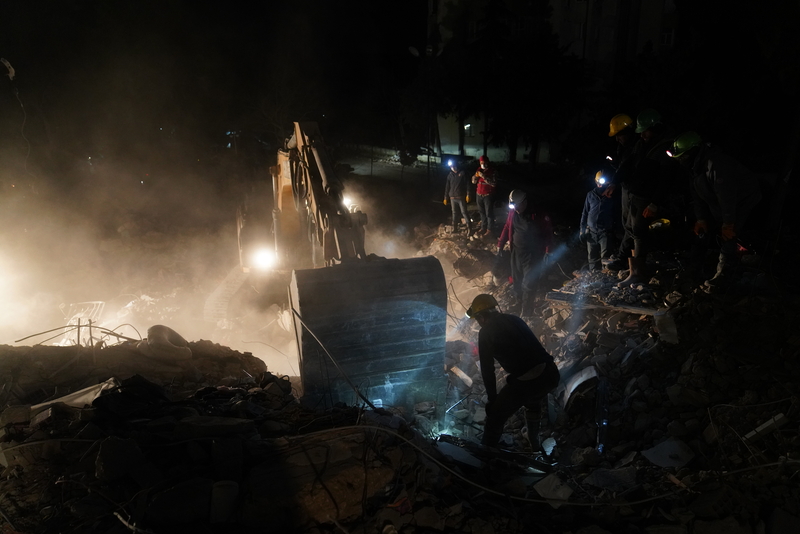
An international design team involving UK architect Foster + Partners and engineering consultant Buro Happold has unveiled a masterplan for restoring the ancient Turkish city of Antakya – Antioch in Biblical times – that was 80% destroyed in the Turkey-Syria earthquakes of February 2023.
The capital of Hatay province, Antakya is considered to be the biggest urban area to have been destroyed in the quakes, The New York Times reports.
A year after the disaster, the Times found many people still living in tents and shipping containers as the work of demolishing unstable buildings ground slowly on.
The masterplan, commissioned by the Türkiye Design Council with support from the Turkish government, is for a 30-sq-km area of Antakya.
Italy’s MIC-HUB and Turkey’s DB Architects and KEYM Urban Renewal Centre contributed to the design.
Foster + Partners said the masterplan aims to capture the previous spirit of the city, with pre-earthquake scale, configurations and character.
The new road network will mirror the old one.
The design will create public green spaces, efficient transportation systems, community hubs and increase the city’s resilience to further seismic disruptions.

Foster + Partners set out eight design principles for restoring Antakya and the wider Hatay province:
• Build on safe land;
• Improve circulation;
• Improve open spaces;
• Create new districts;
• Layer neighbourhoods;
• Enhance connectivity within neighbourhoods;
• Enhance connectivity across the city;
• Build back.
Bruno Moser, Foster + Partners’ head of urban design, said: “We have been inspired by the resilience of the people of Antakya, and share their passion for their unique, historic city. Our strategy does not offer a ‘one size that fits all’ vision.
“It balances the historic spirit of the place with improvements and enhancements that will support a sustainable future for Antakya. We have developed the vision underpinned by the fact that reconstruction following a natural disaster is not merely about buildings but about rebuilding communities, feelings of safety and belonging, and rebuilding trust.”
The Türkiye Design Council’s work is supported by the Turkish Ministry of Environment, Urbanisation and Climate Change, and the Ministry of Culture and Tourism.
Furkan Demirci, the Türkiye Design Council’s chairman, said: “Having worked with local experts, global talent, 53 teams and over 1,000 people to date, it is fair to say that it has taken an unprecedented collaborative effort to reach this point – one that we hope will set a new standard for post-disaster recovery that puts communities at its heart.”










